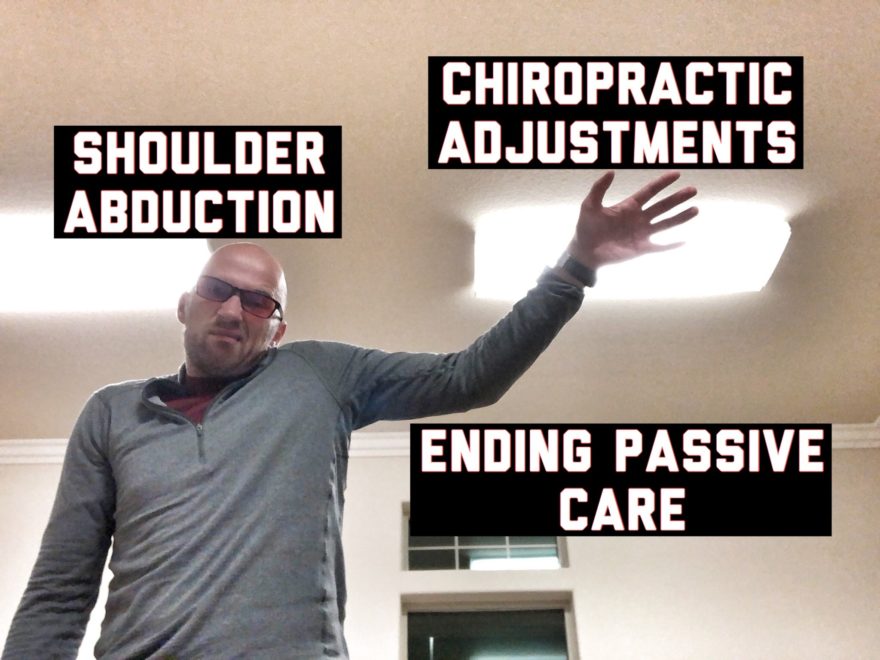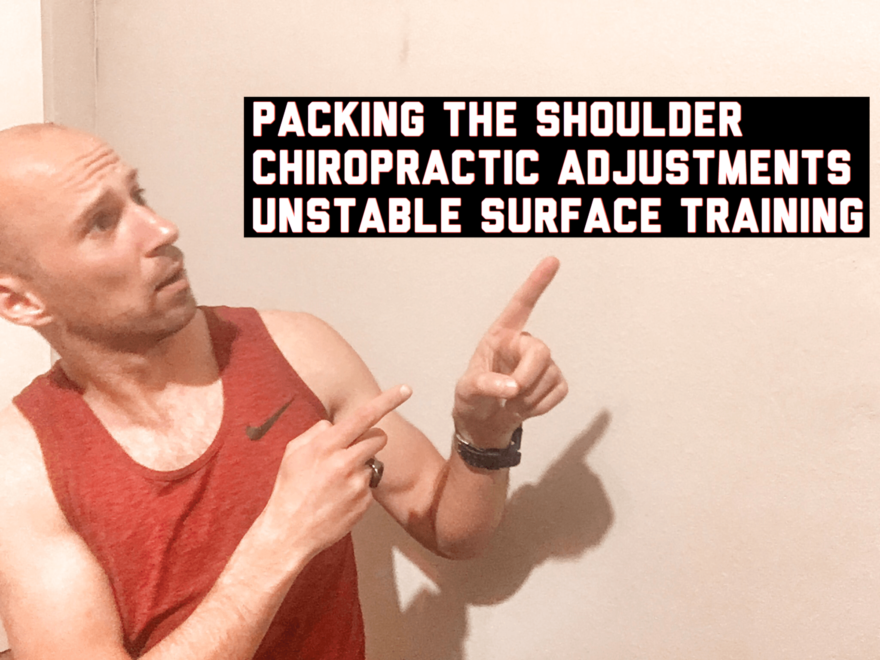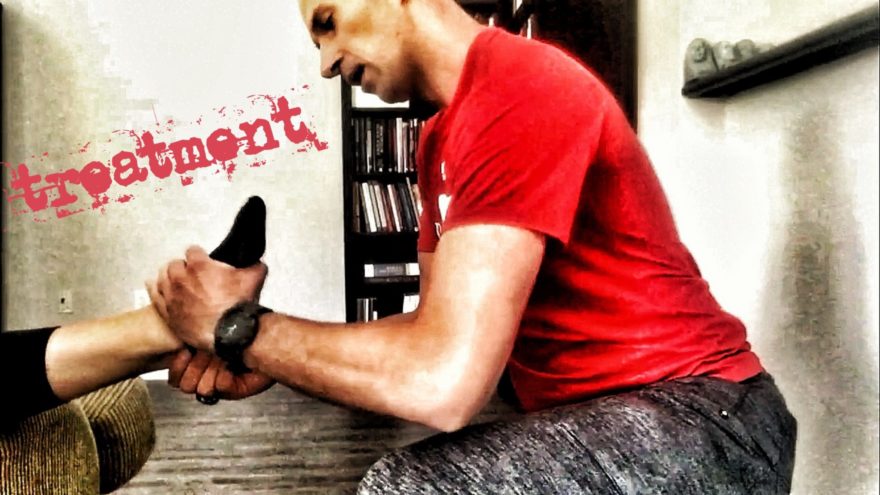A Humdinger No Doubt Ankle sprains. Such a bugger to deal with. Ankle sprains are one of the most common injuries seen in basketball. The cutting, jumping, contact, fatigue, and poor footwear certainly don’t help matters. Damn near almost every game someone tweaks an ankle. Treating ankle sprains in-game provides quite a different perspective. Rarely in the clinic do we work with someone immediately post-injury. Instead, we deal with the cumulative effects of delayed treatment: acquired impairments, altered movement strategies, and reduced fitness. The pressure is lower and the pace is slower. You shed that mindset with the game on the line. You must do all in your power to get that player back on the court tonight, expediting the return process to the nth degree. I had a problem. Figuring out the most efficient way to treat an ankle sprain was needed to help our team succeed. I searched the literature, therapeutic outskirts, and tinkered in order to devise an effective protocol. The result? We had 12 ankle sprains this past season. After performing the protocol, eight were able to return and finish out the game. Out of the remaining four, three returned to full play in two days. The last guy? He was released two days after his last game. It’s a tough business. The best part was we had no re-sprains. An impressive feat considering the 80% recurrence rate¹. Caveats aside, treating acute injuries with an aggressive mindset can be immensely effective. Here’s how.
Read More


